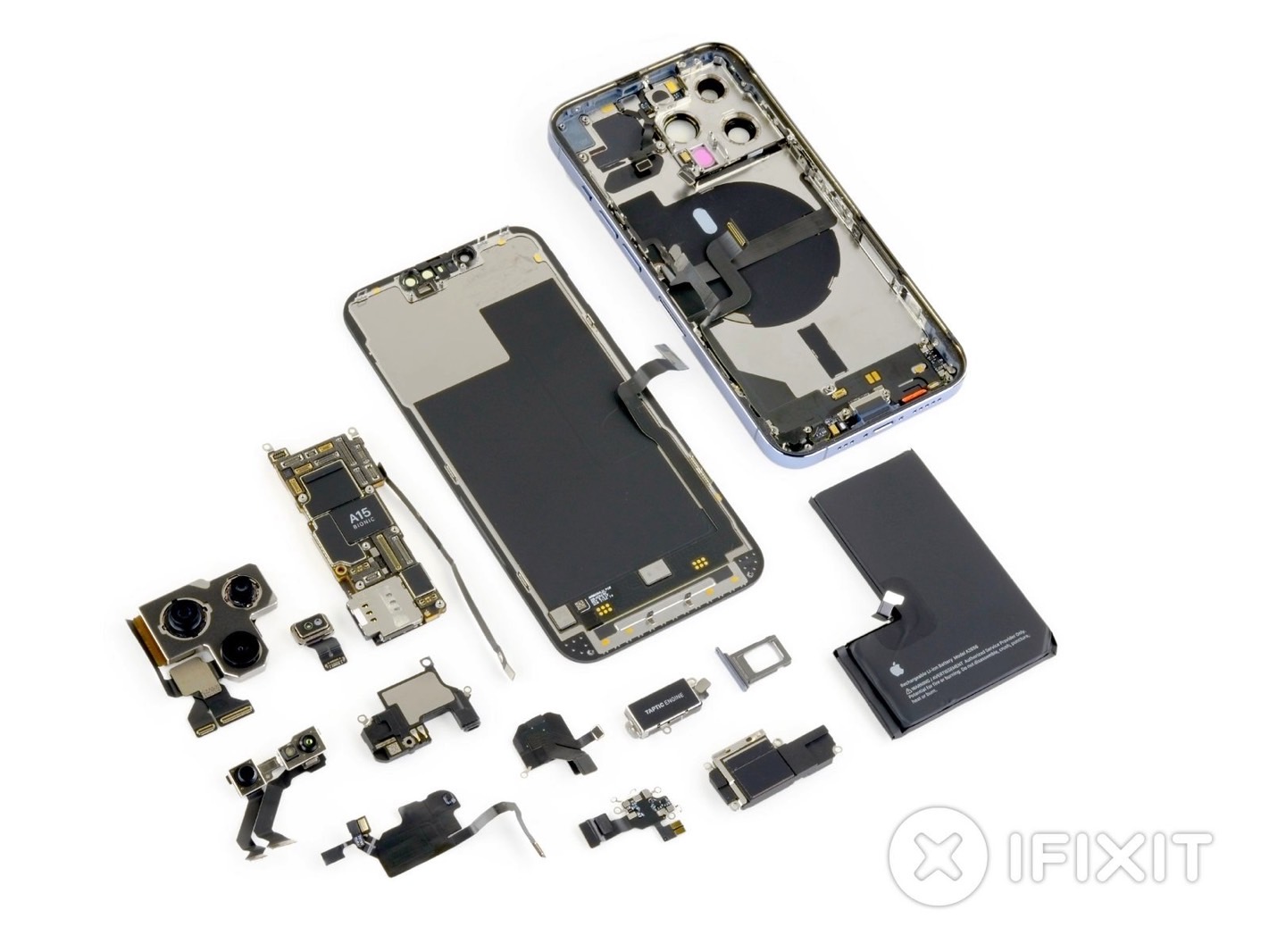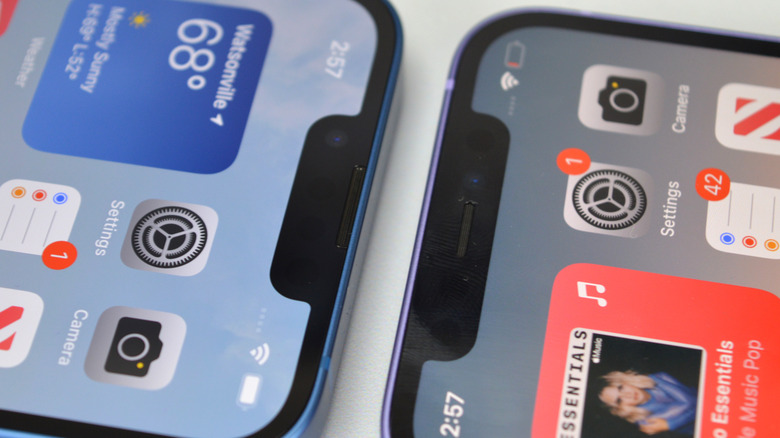The Worst iPhone 13 News So Far Was Just Confirmed Again
Apple's iPhone 13 is out in the wild, with millions of people having purchased one of the four new iPhone models. We also finally got to see the first real-life tests involving the new handsets. We saw battery life endurance tests and several drop tests already, which complement the regular reviews and the camera reviews. As with every iPhone generation, iFixit's teardown comes soon after launch, and the repair organization has delivered once again. The first iPhone 13 Pro teardown is available online, showing us all the differences between the current generation and the previous handsets. The teardown also confirmed an unexpected Face ID surprise that will be terrible news to anyone looking to repair their iPhone 13 phones down the road.
The iPhone 13 Pro teardown
As it always does, iFixit got its hands on the iPhone 13 phones on the release date and started its teardown on Friday. It needed a few days to understand all of the secrets of the new iPhone before posting the complete repair guide online.
iFixit explained every step involved in dismantling the iPhone 13 Pro, the phone iFixit focused on for this teardown. The company highlighted the differences between the iPhone 13 and iPhone 12 series it found along the way and opened up the increasingly more compact logic board to take a peek at all the chips that power the handset.
The teardown shows the iPhone 13 Pro has an L-shaped battery compared to the iPhone 12 Pro and iPhone 13. That's because the OLED display requires more energy now that it can support refresh rates of up to 120Hz. That OLED screen is now a touch-integrated OLED panel. That means Apple combined the touch and OLED elements into a single layer. This reduces "cost, materials, thickness, and the number of cables you can accidentally tear."
There's also one other significant change concerning the display. The earpiece speaker is no longer sitting on the back of the screen, which should make display replacements easier.
The iFixit teardown highlighted the differences between the iPhone 12 notch and the iPhone 13 notch. Apple reduced the size of the notch by combining the flood illuminator with the dot projector.

iFixit iPhone 13 Pro teardown.
The unexpected Face ID surprise
The iFixit iPhone 13 guides are as good as it gets if you want to repair a broken device yourself. The procedure isn't for the faint of heart, and it might lead to additional damage if you don't know what you're doing. But iFixit discovered one big problem with attempting to repair a cracked display yourself. Replacing the screen on your own right now will prevent Face ID from working. iFixit explains:
Face ID works even when we disconnected the front sensor assembly. However, any display replacement knocks out Face ID. We tried transferring the sensors from the old display and porting over the Face ID hardware, but no dice. It looks like the display is serial-locked to the phone.
This indicates you'll have to repair cracked iPhone 13 displays at an authorized Apple repair shop. That's the best choice for most people, but many consumers use unauthorized shops instead.
iFixit's finding isn't surprising. A separate teardown came to the same conclusion earlier this week.
Whether or not Apple will make any changes to this terrible display repair policy, you should protect your iPhone 13's glass components. Drop tests have shown that the front and back panels can break from accidental drops at certain heights.
iFixit makes it clear that repairs will be difficult, giving the iPhone 13 Pro a 5 out of 10 repairability score. The full iPhone 13 Pro teardown is available at this link.
